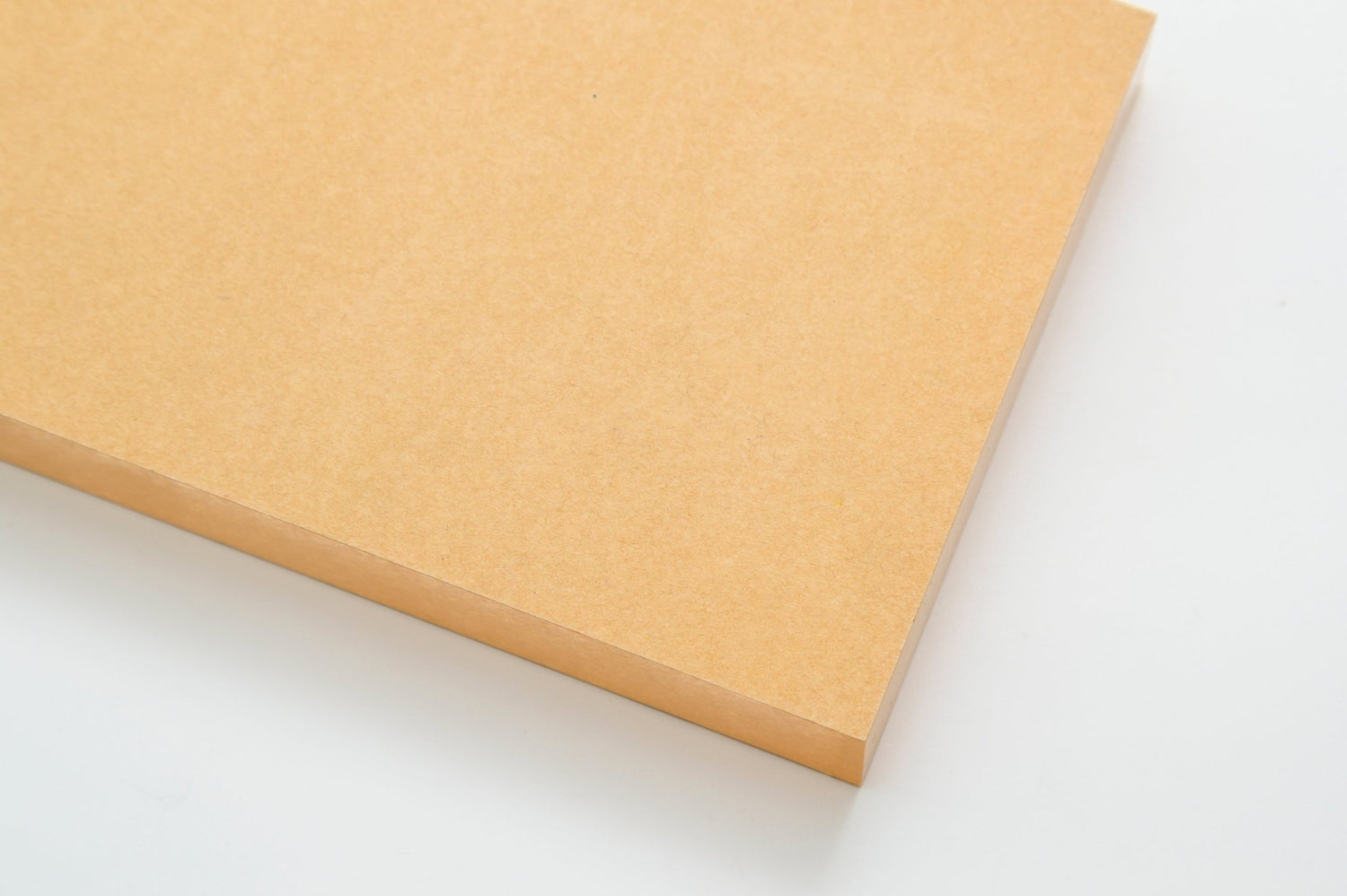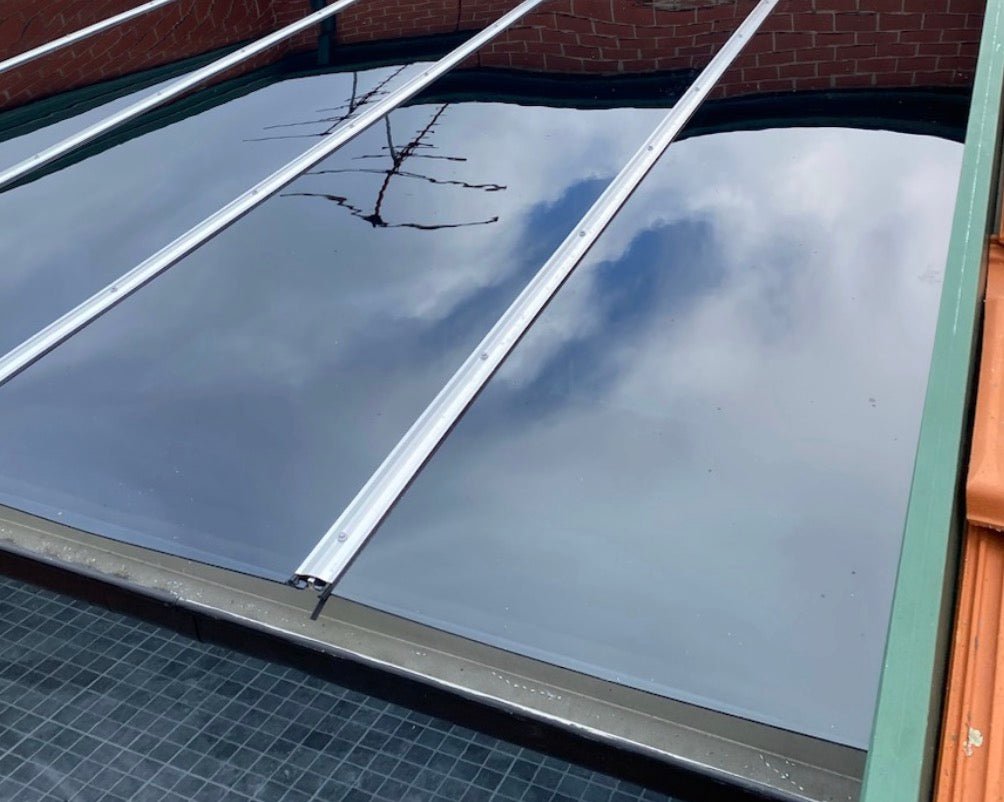Everything You Need To Know About Acrylic Sheet (PMMA)
Learn about this material, What is the difference between polycarbonate perspex sheet, and how it is fabricated, uses, and advantages.
What is Acrylic sheet
Acrylic sheet is a transparent thermoplastic material commonly used as a lightweight and shatter-resistant alternative to glass. Also known as polymethyl methacrylate (PMMA) or perspex sheet, it has excellent optical clarity, can achieve 92-93% light transmission. Acrylic sheets are versatile and find applications in various industries, including signage, displays, aquariums, furniture, automotive parts, and medical devices. They are available in a wide range of colors, thicknesses, and finishes, making them suitable for a diverse array of uses.
What is Perspex sheet, polycarbonate sheet? what is the difference between them?
What are different types of Acrylic sheet?
Acrylic sheets are categorized into two types based on their production method: cast acrylic sheets and extruded acrylic sheets.
-
Cast Acrylic: Cast acrylic panels are manufactured by pouring liquid acrylic resin into molds and allowing it to cure or "cast" into sheets. This process results in a uniform thickness and excellent optical clarity.

-
Extruded Acrylic: Extruded acrylic panels are produced by continuously pushing acrylic resin through a die, forming long sheets. The plastic sheets are then cooled and cut to size. This process tends to produce sheets with consistent thickness

What is the difference between cast Acrylic and extrude Acrylic
Extruded acrylic sheets are formed by dissolving acrylic pellets into liquid and extruding them through a mold, while cast acrylic sheets are created by pouring dissolved acrylic into a mold and allowing it to naturally cool and solidify. Due to the differences in these two processes, the characteristics of the two types of sheets also vary slightly.
-
Cast acrylic sheets are heavier than extruded sheets, as the casting process results in denser material. Thus, cast sheets have a slightly higher density 1.2g/cm³ compared to extruded sheets is 1.19g/cm³.
-
Extruded acrylic sheets have uniform thickness without tolerance variations, whereas cast sheets may exhibit thickness variations due to the natural cooling process. This can lead to thicker edges and thinner centers in cast sheets.
-
Cast acrylic sheets generally have better light transmission than extruded sheets.
-
Extruded acrylic sheets tend to be slightly more expensive due to the higher production costs associated with the extrusion process.
-
Cast acrylic sheets may have limitations on length and width, while extruded sheets typically have width limitations but no restrictions on length.
-
Different types of cutting tools are required for carving or engraving on extruded and cast acrylic sheets to prevent tool sticking.

What is the main uses of Acrylic sheeting?
-
Signage and Displays: Acrylic sheetings are commonly used for indoor and outdoor signage, file holder, illuminated signs, point-of-sale displays, and exhibition stands due to their clarity and ability to transmit light evenly.
-
Architecture and Construction: Acrylic sheets are used in architectural applications such as skylights, canopies, windows, and partitions due to their lightweight nature, impact resistance.
-
Furniture and Interior Design: Perspex sheets are utilized in furniture design for tabletops, shelves, chair backs, and decorative panels due to their modern aesthetic, durability, and ease of fabrication.
-
Automotive Industry: Plexiglass sheets are used in automotive applications such as headlight lenses, instrument panels, rear lights, and interior trim components due to their impact resistance, optical clarity, and ability to be molded into complex shapes.
-
Medical Equipment: Acrylic boards are used in the manufacturing of medical equipment and devices such as incubators, medical cabinets, protective barriers, and laboratory equipment due to their ease of sterilization, durability, and optical clarity.
-
Aquariums and Fish Tanks: Acrylic sheets are preferred over glass in the construction of aquariums and fish tanks due to their lightweight nature, impact resistance, and ability to be formed into curved shapes without seams.

-
Lighting Fixtures: Acrylic boards are used as light diffusers and lenses in lighting fixtures such as fluorescent lights, LED panels, and decorative lighting due to their ability to transmit light evenly and reduce glare.
-
Art and Craft Projects: Acrylic sheets are popular among artists and DIY enthusiasts for various art and craft projects such as paintings, sculptures, jewelry, and decorative items due to their versatility, ease of cutting, and availability in various colors and finishes.

The properties of Acrylic sheet and Technical Data sheet
- Tensile Strength: 65 MPa/ 9400 psi
- Flexural Strength: 90 MPa/ 13000 psi
- Density: 1.19-1.2
- Light transmission: 93% (Clear 3mm cast Acrylic sheet)
- Working temperature : -40°C to 80°C (-40°F to 176°F)
- Softening Point > 110⁰C
- Linear Expansion 7.7×10-5
- Melt point: 120-150°C
- Surface Hardness: 2H
- Flammability Class 3, (BS 476 pt 7) UL94 HB

What Are the Disadvantages of Acrylic panels (PMMA)?
Acrylic (PMMA) comes with several drawbacks to consider. These include:
-
Poor Impact Resistance: Acrylic is not as resilient to impacts as some other materials, making it susceptible to damage from bumps or drops.
-
Limited Wear and Abrasion Resistance: Compare to glass, It is prone to scratching and abrasion, which can affect its appearance and longevity, especially in high-traffic areas.
-
Limited Heat Resistance: Acrylic has a maximum heat resistance of around 80°C (176°F), so it may not be suitable for applications involving high temperatures.
-
Limited Chemical Resistance: Acrylic is susceptible to damage from certain chemicals, making it unsuitable for environments where exposure to such substances is common..
-
Potential for Cracking Under Load: In certain conditions, acrylic may crack when subjected to heavy loads or pressure, reducing its structural integrity
Does Perspex crack easily?
Perspex, which is a brand name for acrylic sheeting, can be prone to cracking under certain conditions. While acrylic is generally known for its durability and impact resistance, it is not immune to cracking. Factors such as excessive force, sudden impacts, improper handling, or exposure to extreme temperatures can increase the risk of cracking. Additionally, acrylic sheets that are too thin or improperly installed may be more susceptible to cracking. However, when used and maintained properly, Perspex can be a reliable and long-lasting material for various applications.
Are Acrylic sheet washable?
Yes, acrylic sheets are washable, that's why Acrylic sheets are widely popular for use in splashbacks, Clean them with mild soap and warm water using a soft cloth or sponge. Rinse thoroughly and dry to prevent water spots. Avoid harsh chemicals or abrasive cleaners, as they can damage the surface. With proper care, acrylic sheets can stay clean and maintain their appearance for a long time.
6 Ways to Cut Acrylic & Perspex sheets
-
Hand Saw: Use a fine-tooth hand saw to cut straight lines on the acrylic sheet. Clamp the sheet securely and cut along your marked guide.
-
Score and Break: For thin acrylic sheets under 5mm, score the surface with a knife and then break it along the scored line.
-
Jigsaw: Use a jigsaw with a fine-tooth blade for quicker and more intricate cuts. Clamp the acrylic sheet securely and cut along your marked guide.
-
Bandsaw: Bandsaws are ideal for larger workshops. Mark your plastic, put on safety goggles, and carefully pass the plastic through the blade.
-
Laser Cutting: For precise and complex shapes, consider laser cutting. This method is best for intricate designs and requires professional equipment.

-
CNC Routing : CNC routing is another effective method for perspex sheets machining and fabrication.

Does Excelite offer Acrylic sheet?
At Excelite, we offer a wide range of acrylic products to meet your needs. Our inventory includes acrylic boards ranging from 2mm to 20mm in thickness, available in various sizes. We also provide acrylic rods in different diameters and lengths. Additionally, we offer acrylic fabrication services to tailor our products to your specific requirements. Contact us for more information and to discuss how we can assist you.



